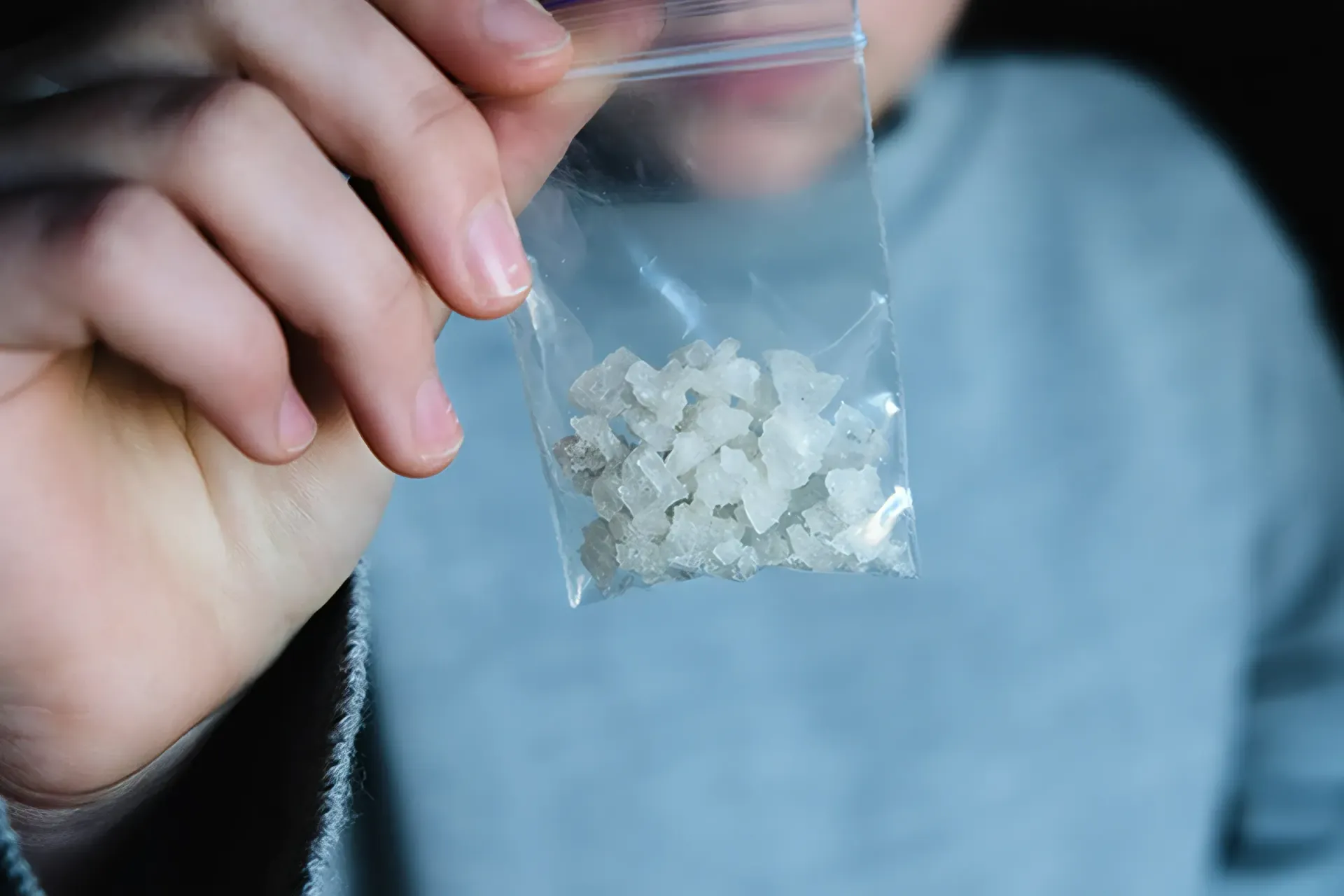Explore Our Blog
Drug Testing – Part 8: Understanding Detection Windows
Advance Minds Blog
A safe space to explore subjects within the community such as mental health, substance abuse and personal identity.
Our safe space also provides the opportunity for real individuals to express their hardships and success through writing.
Knowing how long substances stay in your system is essential for accurate drug testing.

Drug testing can feel intimidating but knowing how substances are metabolized in the body can make the process more understandable.
🧪 Drug Detection Methods
Several biological samples can be used to detect the presence of drugs:
- Urine: Commonly used due to its non-invasive nature and ability to detect a wide range of substances.
- Saliva: Provides a shorter detection window, often used for recent drug use detection.
- Hair: Offers a longer detection period, useful for identifying patterns of drug use over time.
- Sweat: Less commonly used but can provide continuous monitoring over extended periods.
⏳ Conservative Detection Time Estimates
Detection times can vary based on the substance, frequency of use, metabolism, and the type of test administered.
Below are conservative estimates for detection windows:
Cocaine
- Urine: 2–4 days
- Saliva: 1–3 days
- Hair: Up to 90 days
- Sweat: Up to 7 days
Marijuana
- Urine: 3–30 days
- Saliva: 1–3 days
- Hair: Up to 90 days
- Sweat: Up to 7 days
Heroin
- Urine: 2–4 days
- Saliva: 1–3 days
- Hair: Up to 90 days
- Sweat: Up to 7 days
Methamphetamine
- Urine: 3–5 days
- Saliva: 1–3 days
- Hair: Up to 90 days
- Sweat: Up to 7 days
Benzodiazepines
- Urine: 3–6 weeks
- Saliva: 1–3 days
- Hair: Up to 90 days
- Sweat: Up to 7 days
Note: These are general estimates and can vary based on individual factors.
⚠️ Factors Influencing Detection Times
Several factors can influence how long a drug remains detectable in the body:
- Frequency of Use: Chronic users may have longer detection times.
- Metabolism: Individuals with faster metabolism may eliminate substances more quickly.
- Dosage: Higher doses can lead to longer detection periods.
- Body Mass Index (BMI): Higher BMI can affect how drugs are stored and metabolized.
- Hydration Levels: Proper hydration can aid in the excretion of substances.
🧠 Importance of Understanding Detection Times
Being aware of drug detection times is essential for:
- Workplace Compliance: Ensuring adherence to company policies and safety standards.
- Legal Situations: Understanding how drug use may impact legal proceedings.
- Medical Assessments: Providing accurate information for health evaluations.
✅ Conclusion
Drug detection times are influenced by various factors, and while the estimates provided are conservative, individual circumstances can lead to variations. It's important to approach drug testing with a clear understanding and to consult with professionals if you have concerns or questions about specific substances and their detection times.
🌿 Final Thoughts 💬
Understanding detection windows helps you interpret results and reduces anxiety about testing.
Being informed ensures you approach testing responsibly and accurately, supporting workplace safety and personal accountability.

















